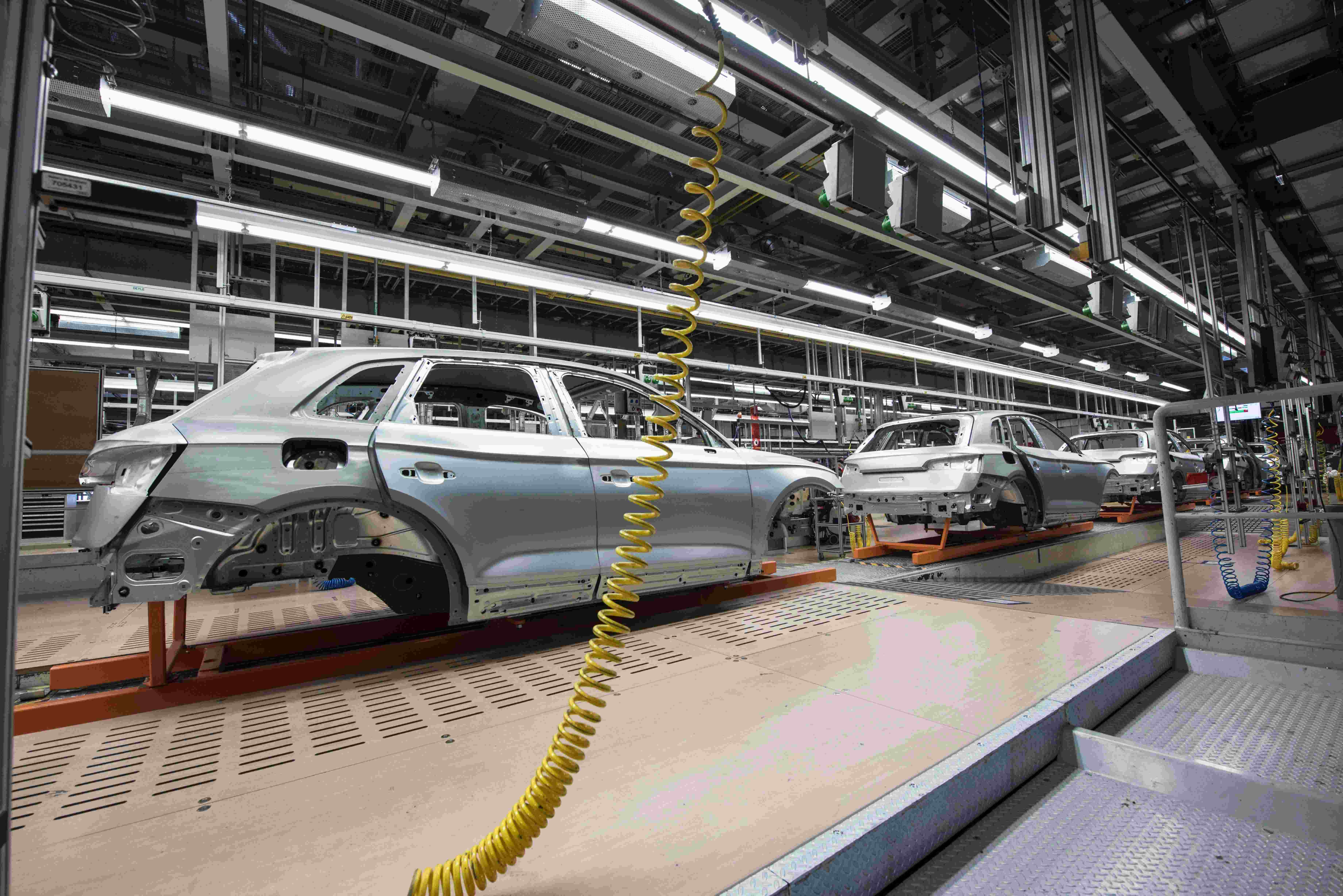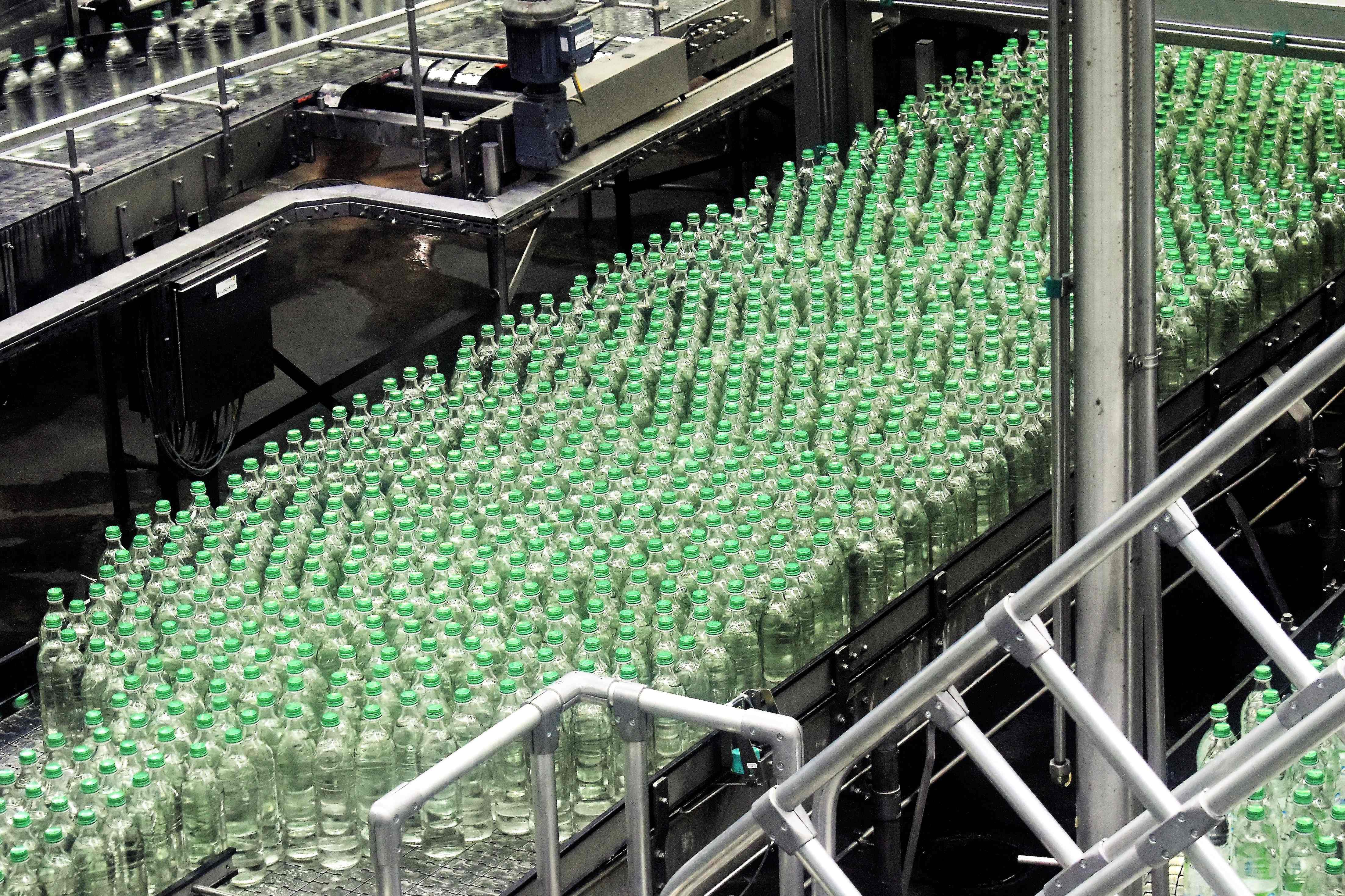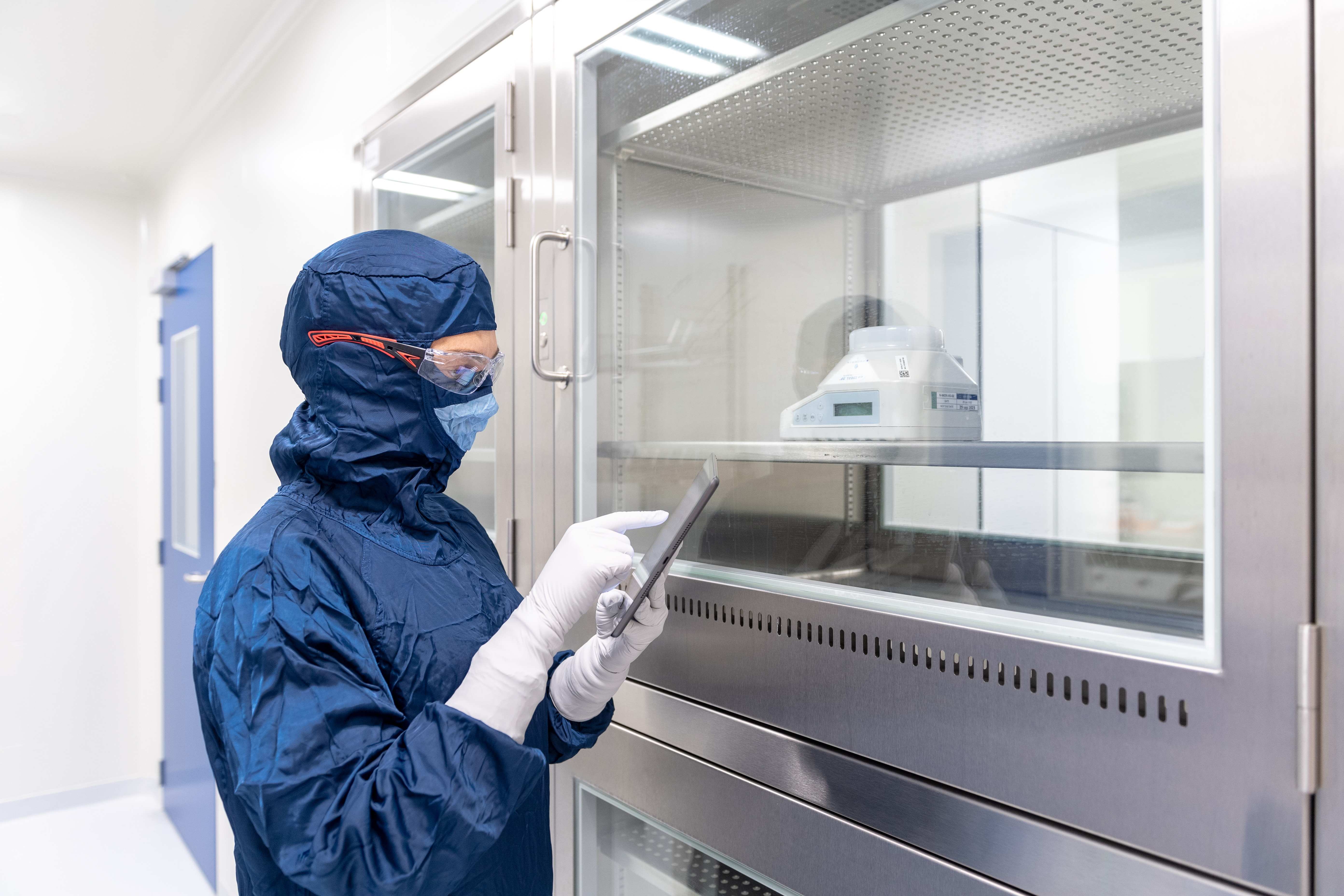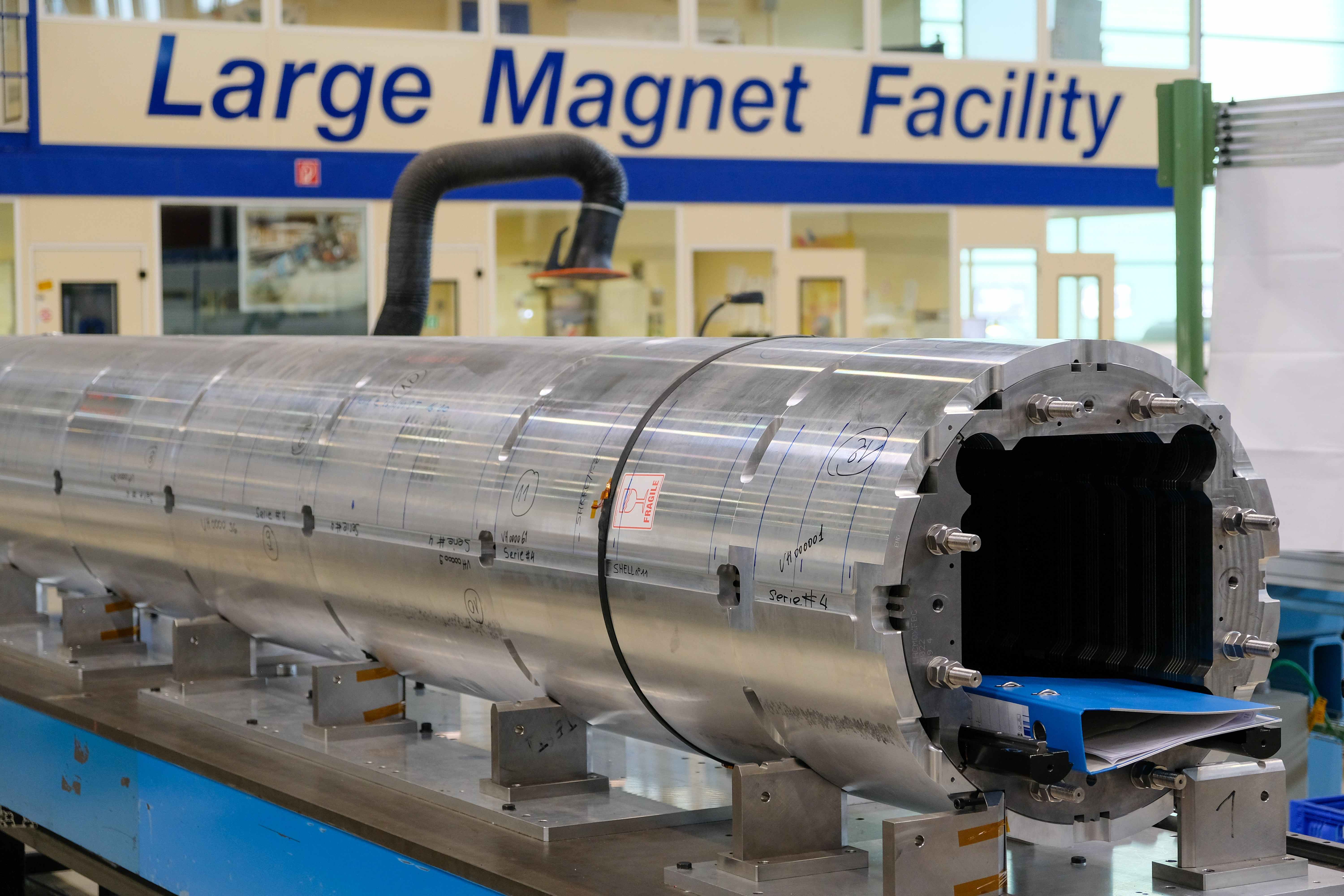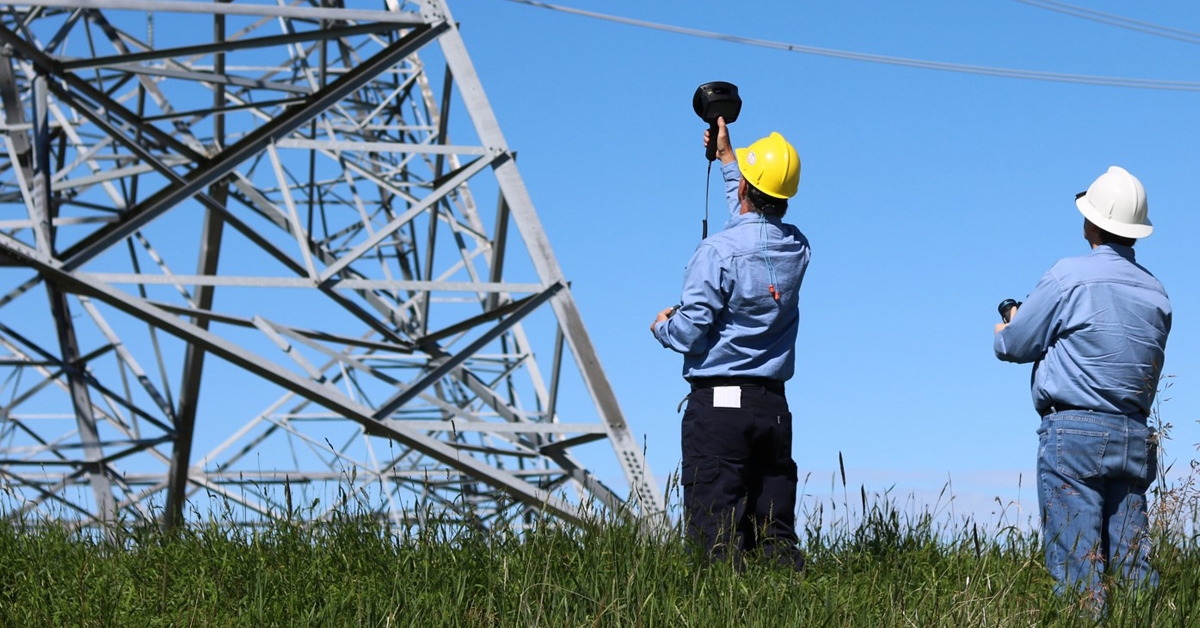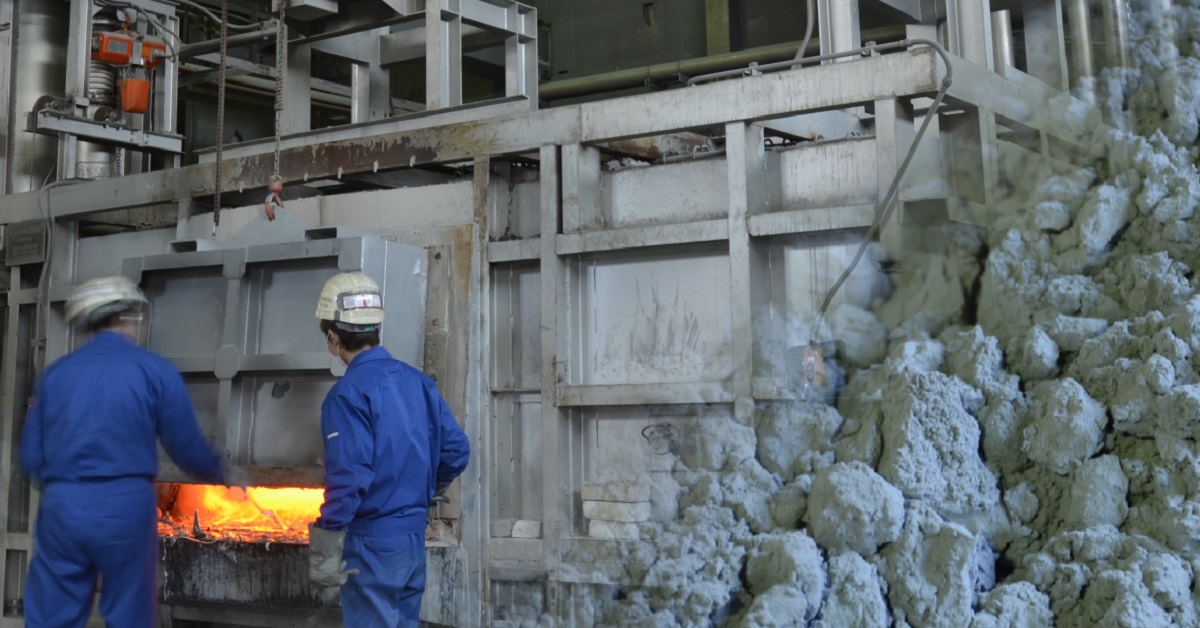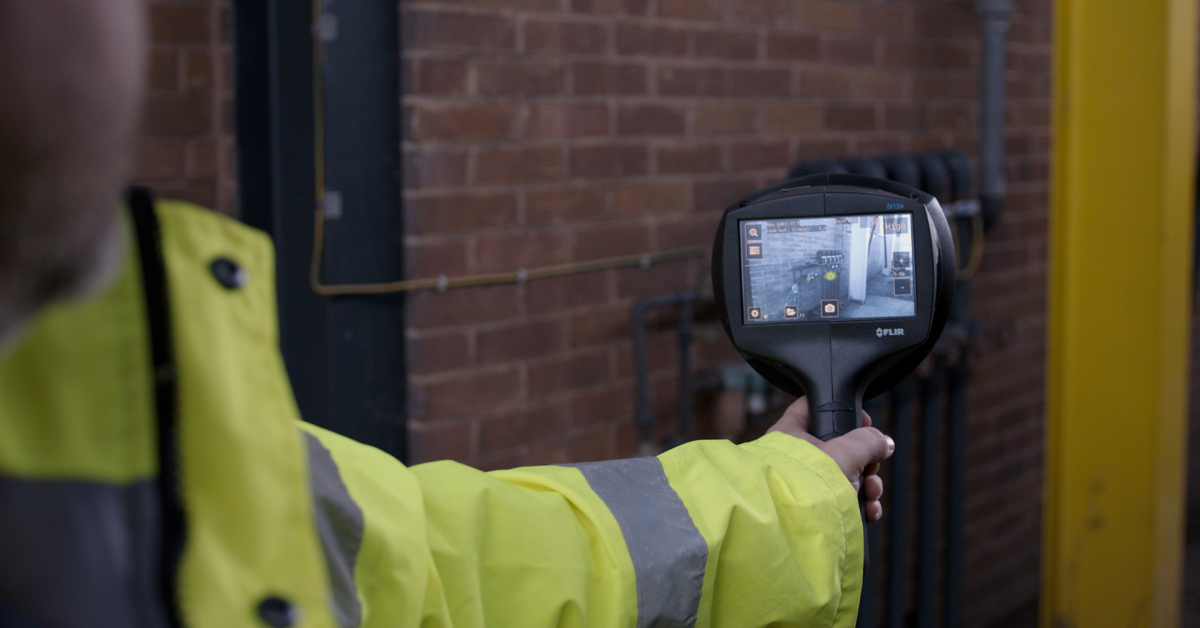Early-Stage Vacuum Leak Detection Delivers Cost Savings and Enhanced Performance Across a Variety of Industries
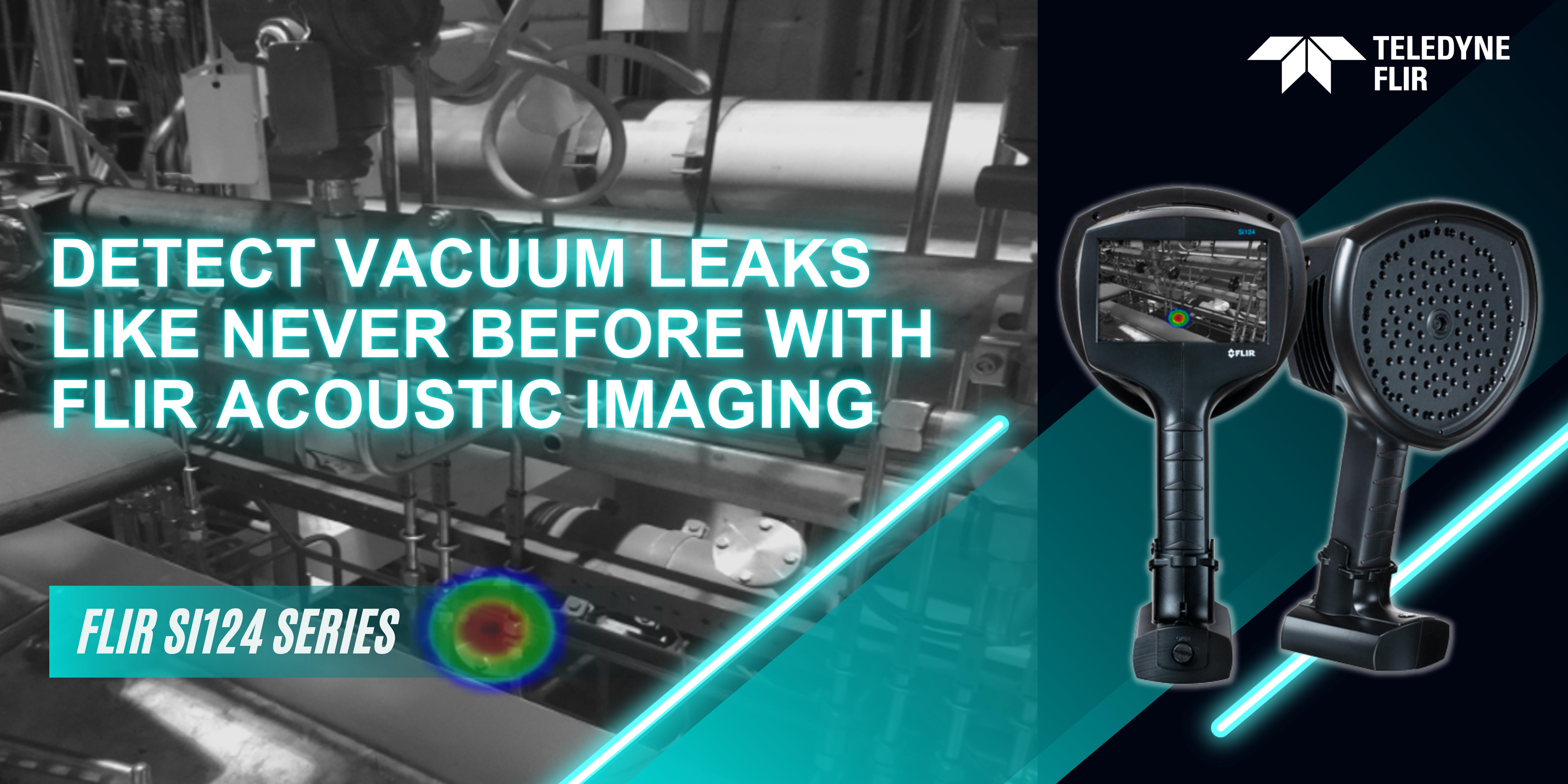
Utilizing acoustic imaging for timely vacuum leak detection helps businesses across industries save energy and costs as well as optimize system integrity, safety, and operational efficiency.
Undetected vacuum leaks pose significant risks from decreased system performance, equipment malfunctions, increased energy consumption, contamination, and product quality problems to safety hazards, compliance issues, and substantial financial losses. Timely detection and resolution of vacuum leaks through effective predictive maintenance are therefore crucial for ensuring efficiency, safety, and operational reliability.
Acoustic Imaging: One Solution that Caters to Many Industries
The main benefits of using acoustic cameras for locating vacuum leaks include their unmatched ability to provide precise and efficient leak detection in real-time, safely, and easily with minimal training. Acoustic cameras utilize the advanced technology to capture and analyze the sound waves emitted by leaks, which allows for the accurate localization and visualization of leak sources.
Vacuum-Processing for Composite Production
To make high quality composite parts like turbine blades, automotive and aerospace components, you need a high-quality vacuum. Manufacturing processes such as vacuum bagging, vacuum-assisted resin transfer molding, vacuum consolidation and debubbling all require vacuum systems with no leaks. Even the smallest leaks introduce air and other contaminants that reduce the strength and toughness of the parts being made.
The Si124-LD Plus is the best-performing acoustic imaging leak detector available from FLIR and enables pinpointing even small vacuum leaks quickly and with minimal training, to help make the best quality composite parts. This improves productivity and quality, reduces scrap, and improves energy efficiency at the same time resulting in improved profitability and public safety, while helping to meet corporate ESG goals.
Early-stage leak detection enables proactive measures to mitigate the impact of leaks and helps to maintain optimal system performance across a variety of different industries.
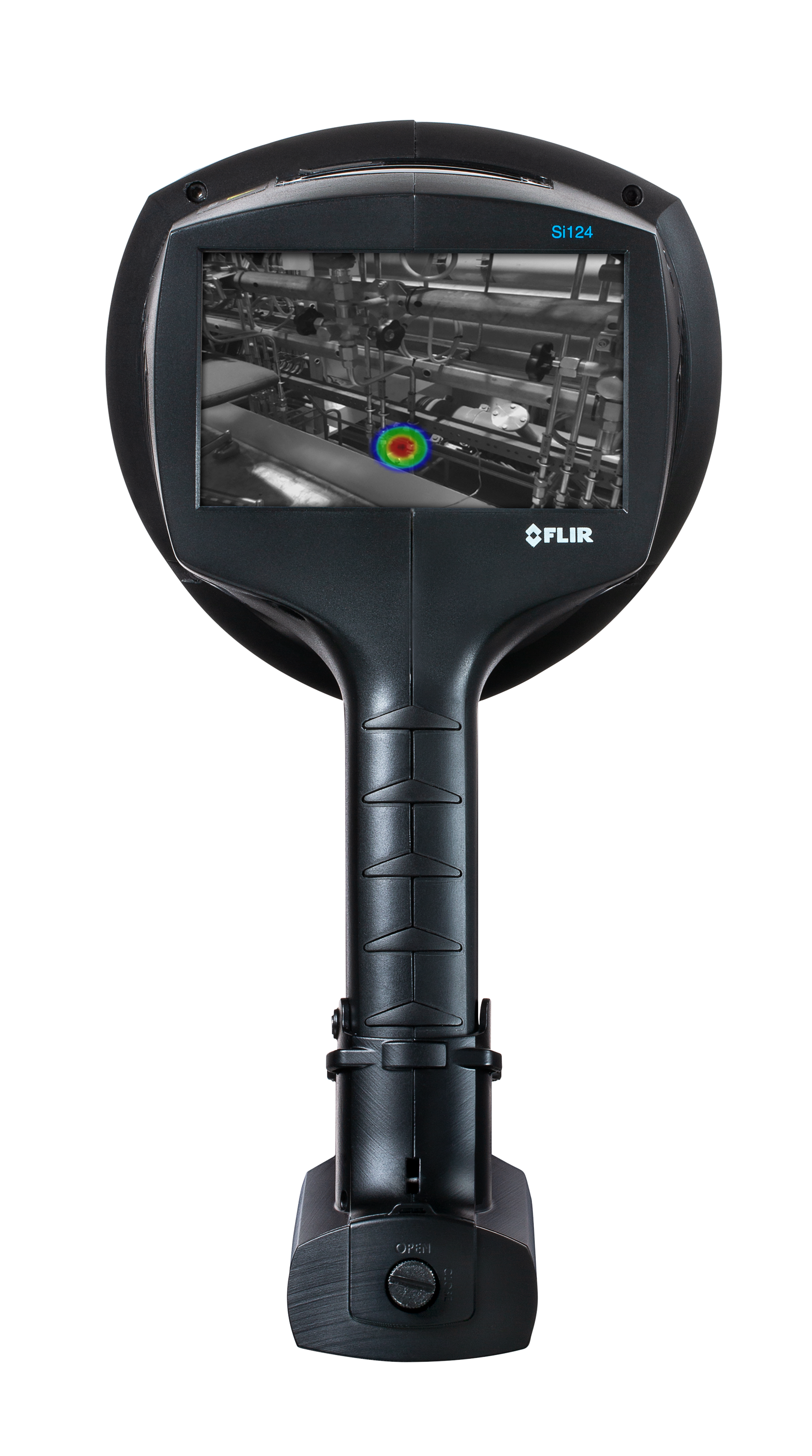
FLIR Si124 Acoustic Imaging Camera
|
Aerospace and Automotive Industry |
|
|
|
In aerospace and automotive systems, vacuum leaks can compromise the efficiency and performance of engines, causing a decrease in power output and overall vehicle or aircraft performance. The loss of vacuum can disrupt other critical systems as well, such as braking, fuel delivery, and emission control, compromising safety and reliability. Vacuum leaks can also result in decreased fuel economy, leading to higher operational costs and environmental impact. Additionally, leaks can introduce unwanted air into the system, altering the air-to-fuel ratio and potentially causing engine misfires, rough idling, or even engine damage. Overall, vacuum leaks in aerospace and automotive applications can have detrimental effects on performance, safety, fuel efficiency, and operational costs, necessitating prompt detection and repair. Vacuum systems play a crucial role in optimizing engine performance within the aerospace and automotive sectors. Using an acoustic camera helps address potential issues that can impact engine operation, including power reduction, suboptimal fuel efficiency, and irregular combustion patterns. The fast and precise vacuum leak detection results provided by the acoustic camera also enable effective proactive maintenance, reducing downtime, ensuring emissions compliance, enhancing system reliability, generating cost savings, improving safety, and optimizing the lifespan of aerospace and automotive systems. |
|
Food and Beverage Packaging Instrumentation |
|
|
|
Vacuum leaks can give rise to significant issues in food and beverage packaging instrumentation by allowing air and contaminants to enter the packaging, causing oxidation, moisture absorption, and microbial growth. This not only reduces the quality and freshness of the product but also poses health and safety risks to consumers. Furthermore, vacuum leaks can hinder the efficiency of packaging processes by reducing the effectiveness of vacuum sealing, resulting in increased product waste and economic losses. In the end, undetected leaks may result in problems as severe as product deterioration, safety hazards, and financial and reputational implications for manufacturers. An acoustic camera is able to locate vacuum leaks hidden in packaging systems by capturing the emissions generated by the air entering the vacuum. This allows for timely repairs and maintenance to address the leaks, ensuring the integrity of the packaging and prolonging the shelf life of food and beverages, preserving quality, and minimizing economic losses. By enabling swift detection and resolution of vacuum leaks, the acoustic camera enhances the reliability and effectiveness of food and beverage packaging instrumentation, contributing to compliance with regulations and the overall safety and satisfaction of consumers. |
|
Medical and Pharmaceutical Industry |
|
|
|
Jeopardized patient safety, product quality, and regulatory compliance are among the many severe consequences caused by undetected vacuum leaks in the medical and pharmaceutical sectors. These leaks may compromise the integrity of sterile environments necessary for manufacturing and packaging pharmaceutical products, leading to contamination and compromised quality. Vacuum leaks can also introduce unwanted air, dust particles, and microorganisms into the system, potentially contaminating medications, vaccines, or medical devices. This poses serious health risks to patients and can also result in product recalls, legal liabilities, and severe damage to a company's reputation. Moreover, vacuum leaks can disrupt the functionality of medical equipment and devices that rely on vacuum pressure, affecting their accuracy, performance, and reliability. The use of an acoustic camera enhances patient safety and contributes to the maintenance of safe and high-quality medical and pharmaceutical processes by aiding in the early identification and prevention of hazards associated with vacuum leaks. By accurately locating vacuum leaks, an acoustic camera helps maintain the integrity of sterile environments, preventing the ingress of contaminants that could compromise patient safety. By enabling swift detection and repair of vacuum leaks and providing visual confirmation and AI-driven analytics of the leak sources, the acoustic camera ensures the maintenance of sterile conditions, minimizing the potential for contamination, supporting regulatory compliance and safeguarding patient well-being. |
|
Accelerators and Physics Instrumentation |
|
|
|
In accelerators and physics instrumentation vacuum leaks have the potential to disrupt the required vacuum conditions necessary for proper particle acceleration and beam control, resulting in reduced efficiency and accuracy of experiments. Vacuum leaks can also introduce unwanted gas molecules into the system, leading to scattering and interactions that distort beam trajectories and decrease overall experimental precision. Additionally, these leaks can compromise the stability and reliability of delicate equipment, affecting the performance and longevity of sensitive detectors, sensors, and other instrumentation. Overall, vacuum leaks pose significant challenges in maintaining optimal experimental conditions and can undermine the accuracy and success of accelerator-based research and physics investigations. |
Using an acoustic camera for vacuum leak detection provides clear advantages in identifying and addressing vacuum leaks in accelerators and physics instrumentation. With its sensitive microphone array, the camera is able to pinpoint the vacuum leaks by capturing the sounds generated by the entering gasses, allowing for quick identification of the problem areas for prompt repairs or maintenance. An acoustic camera is an essential vacuum leak detection tool for maintaining system performance, reliability, safety, and experimental integrity. It enables cost-effective operation, safeguards sensitive equipment, and supports efficient maintenance practices, ultimately contributing to successful research and experimentation.
In addition to the many industry-specific benefits of using an acoustic camera for vacuum leak detection, the following advantages apply to multiple industries:
-
Provides time, cost, and energy savings through efficient detection of vacuum leaks.
-
Scans large areas and pinpoints critical problems accurately.
-
Extremely user-friendly and safe to operate even in harsh industrial environments.
-
Requires minimal training and is easy to incorporate into the maintenance cycle.
-
Provides real-time results and actionable data for maintenance and repair plans.
-
Helps maintain optimal system performance, safety, and operational reliability through early detection of vacuum leaks.
-
Helps ensure product quality by preventing contamination caused by vacuum leaks.
-
Supports regulatory compliance by minimizing the effects of vacuum leaks.
To learn more about the FLIR Si124 acoustic camera and how it can benefit your plastic manufacturing, visit www.FLIR.com/si124.
